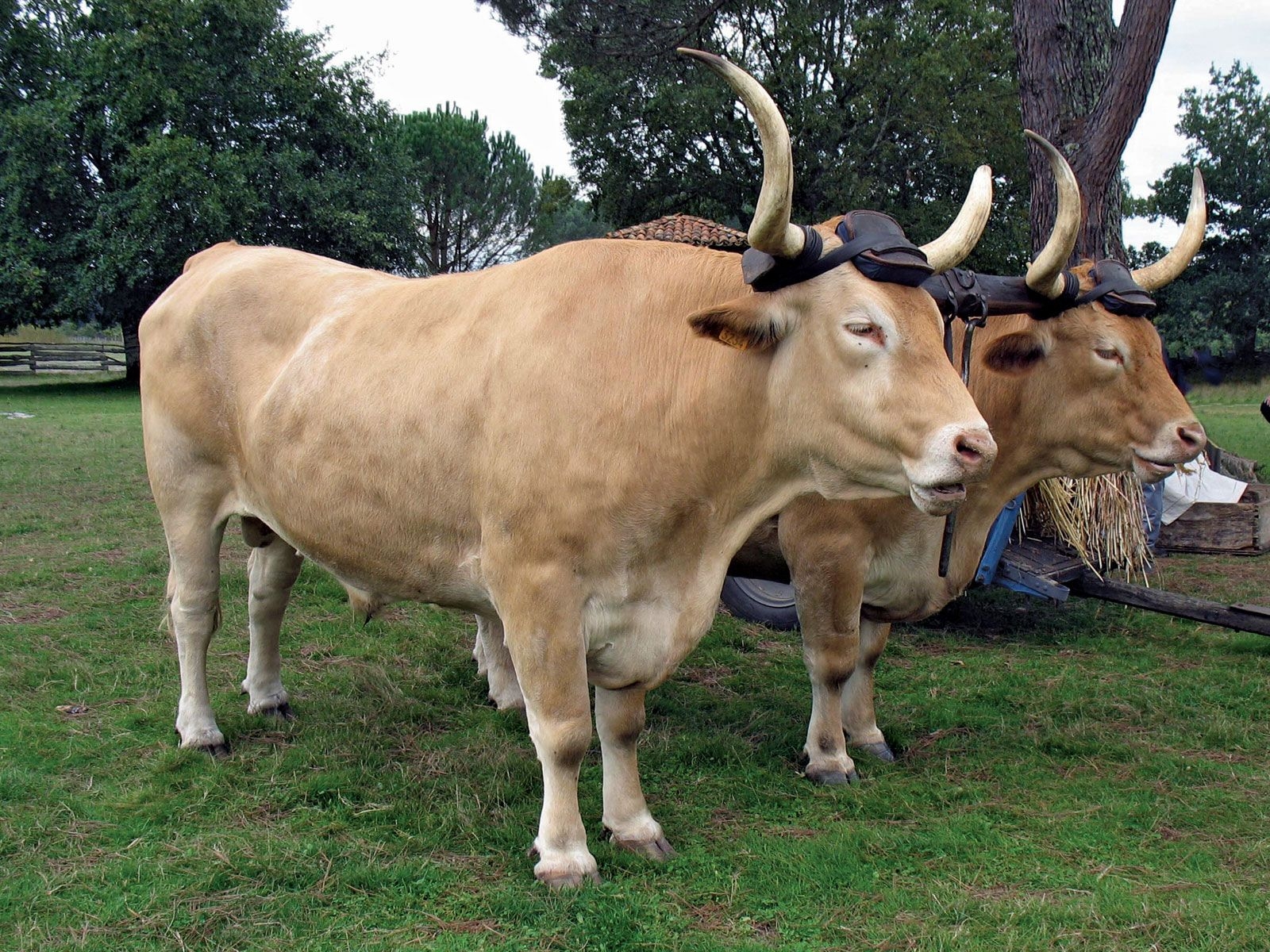Bulls are known for their strength, power, and dominance in the animal kingdom. They are often associated with traits such as courage and determination. In a group setting, bulls exhibit fascinating behavior and dynamics that are worth exploring.
Whether they are grazing peacefully in a field or engaging in a fierce battle, bulls are truly captivating creatures. Let’s delve into the world of these magnificent animals and learn more about how they interact in groups.
Group of Bulls Called
A group of bulls is commonly referred to as a “herd” or a “mob.” Bulls are social animals that typically form groups with other bulls, cows, and calves. These herds serve various purposes, including protection, mating, and social interaction.
Within a herd, bulls establish a hierarchy based on dominance and age. The dominant bull, also known as the “alpha bull,” leads the group and makes important decisions regarding foraging, mating, and defending the herd from predators.
Younger bulls often challenge the alpha bull in an attempt to gain dominance and leadership within the herd. These power struggles can result in intense battles where bulls lock horns and push each other to establish dominance.
Despite their competitive nature, bulls also exhibit cooperative behavior within the herd. They work together to protect the group from threats, such as predators or rival herds. Bulls communicate through vocalizations, body language, and physical interactions to maintain order and cohesion within the herd.
In conclusion, the group dynamics of bulls are complex and fascinating to observe. From establishing hierarchies to cooperating for the common good of the herd, bulls display a wide range of social behaviors that highlight their intelligence and adaptability. Next time you see a group of bulls grazing in a field, take a moment to appreciate the intricate interactions and relationships that exist within their herd.
